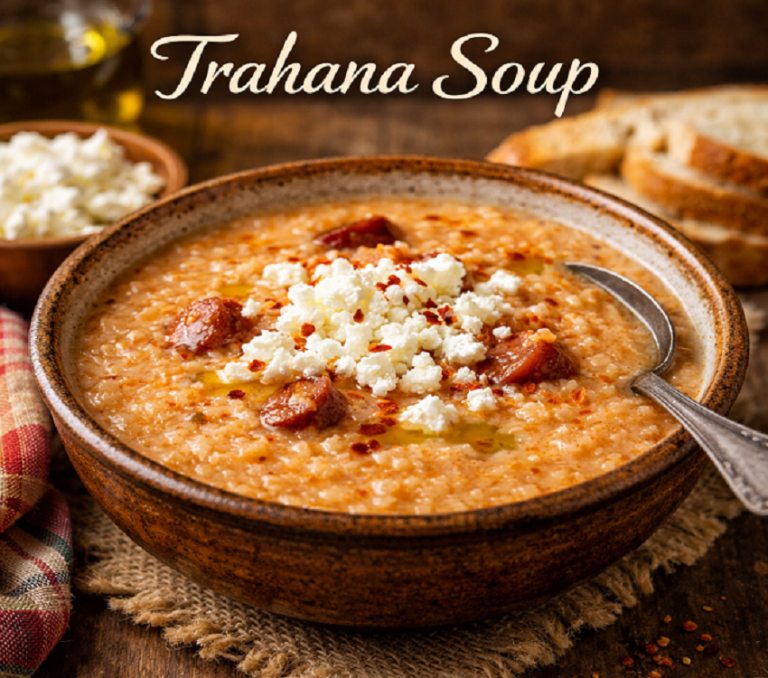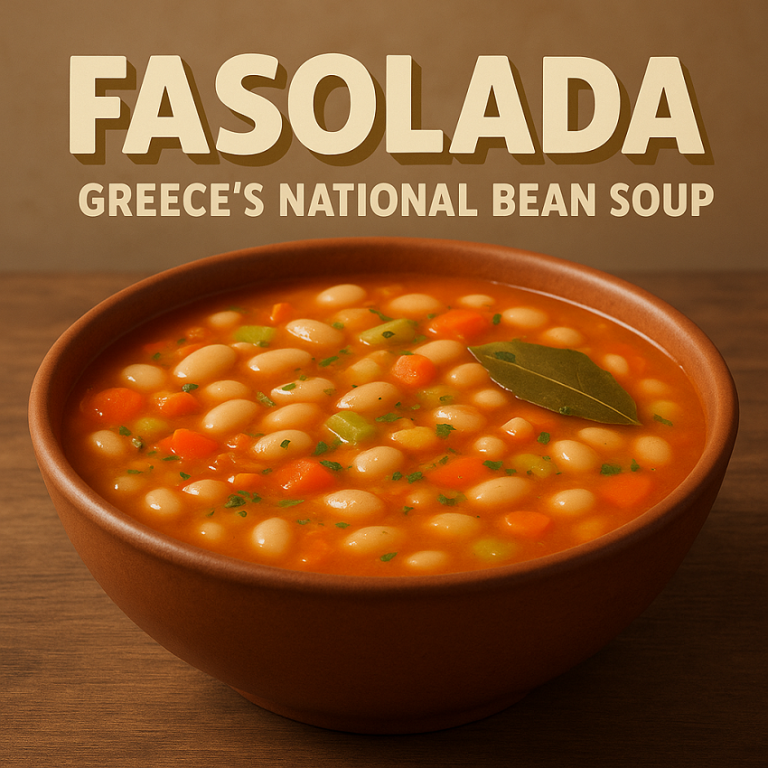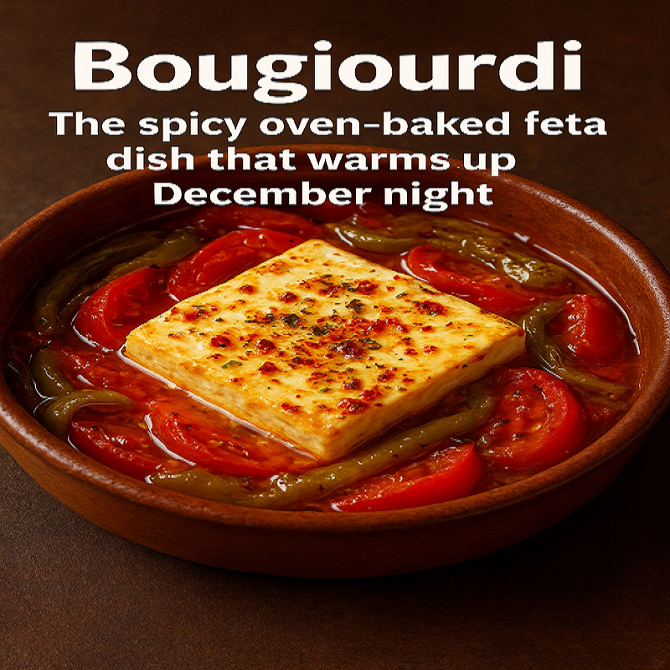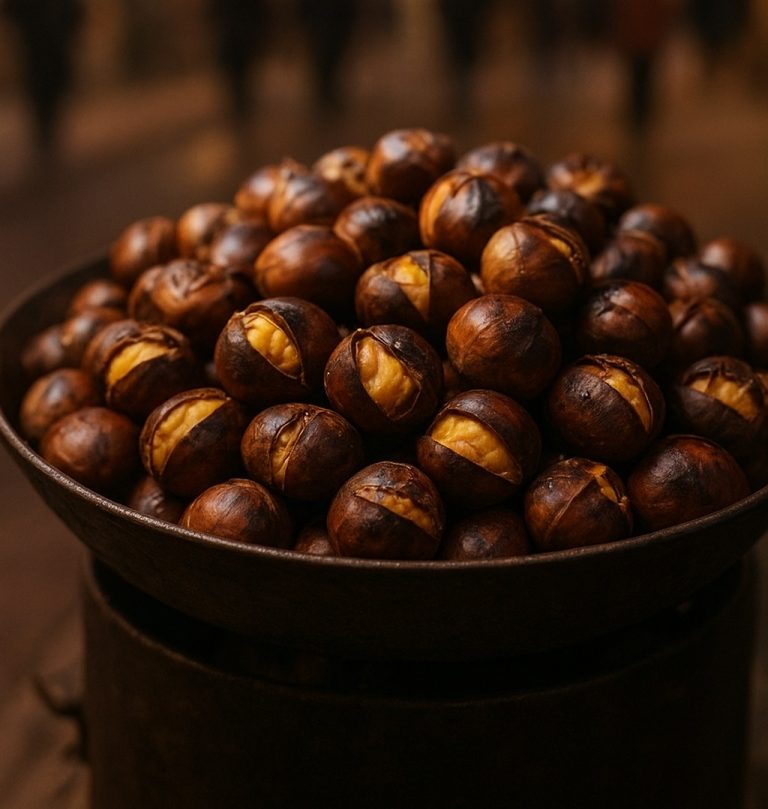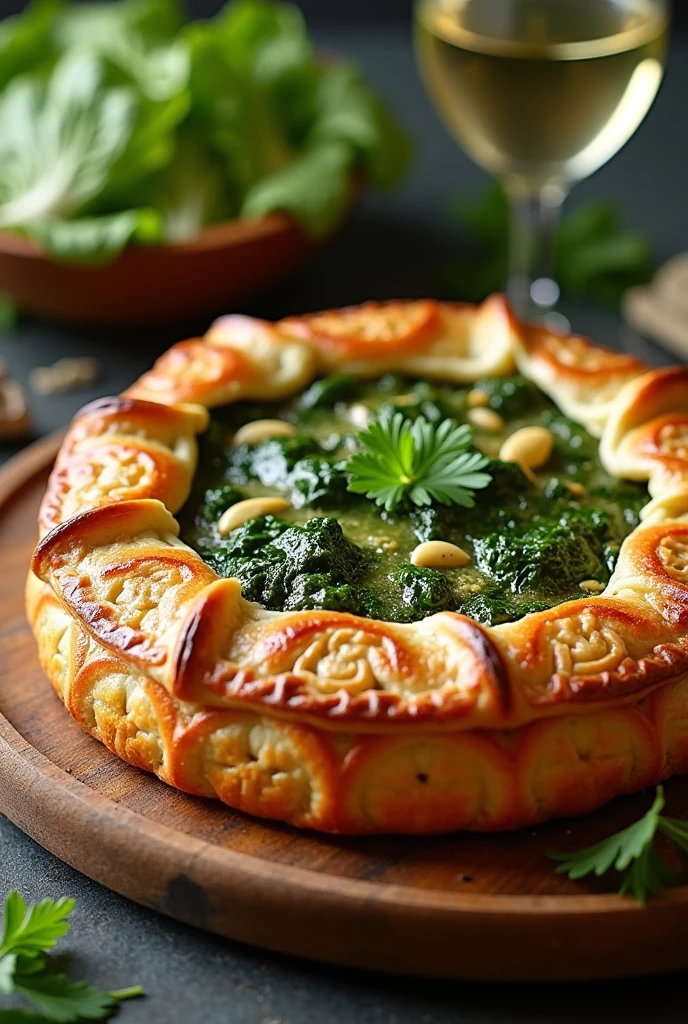
Greek chard pie, commonly known as Spanakopita, is a beloved traditional savory pastry that highlights the delicious flavors of chard, spinach, and feta cheese. This dish is a staple in Greek cuisine and is celebrated for its flaky texture, rich filling, and vibrant taste. In this article, we’ll delve into the history, ingredients, preparation, serving suggestions, and variations of this delightful pie.
History of Spanakopita
Spanakopita has its roots in Greek culinary tradition, dating back centuries. The origins of this dish can be traced to the use of greens in pies, which is a common practice in Mediterranean cooking. While spinach is typically the main green used, chard is often incorporated, especially in regions where it is abundant.
The name “Spanakopita” comes from the Greek words “spanaki” (spinach) and “pita” (pie), indicating its primary ingredient. Historically, this dish was made by rural families who utilized the fresh greens available in their gardens. As the recipe evolved, it became a popular dish served during festivals, celebrations, and family gatherings. Today, Spanakopita is enjoyed worldwide and is often featured in Greek restaurants, showcasing the rich culinary heritage of Greece.
Ingredients
To make a classic Greek chard pie, you will need the following ingredients:
Filling Ingredients:
- Chard: Fresh or a mix of chard and spinach, thoroughly washed and chopped.
- Feta Cheese: Crumbled, for a salty and tangy flavor that complements the greens.
- Ricotta Cheese: Adds creaminess and a mild flavor to the filling.
- Onion or Green Onions: Sautéed until soft for added sweetness and depth.
- Garlic: Minced, to enhance the overall flavor profile.
- Eggs: For binding the filling and adding richness.
- Nutmeg: A pinch for warmth and a hint of spice.
- Salt and Pepper: To season the filling.
Crust Ingredients:
- Filo Dough: Thin layers of pastry that create a flaky crust, essential for traditional Spanakopita.
- Olive Oil: For brushing the layers of filo and sautéing the vegetables, adding flavor and moisture.
Preparation
Step 1: Prepare the Filling
- Sauté the Aromatics: In a large skillet, heat a generous amount of olive oil over medium heat. Add chopped onion or green onions and cook until they are soft and translucent. This should take about 5-7 minutes. Add minced garlic and sauté for an additional minute, being careful not to burn it.
- Cook the Chard: Add the chopped chard (and spinach, if using) to the skillet. Cook until the greens are wilted and any excess moisture has evaporated, about 5-10 minutes. Remove from heat and allow the mixture to cool slightly.
- Mix the Filling: In a large mixing bowl, combine the sautéed greens with crumbled feta cheese, ricotta cheese, beaten eggs, nutmeg, salt, and pepper. Mix until well combined, ensuring that the greens are evenly distributed throughout the filling.
Step 2: Assemble the Pie
- Preheat the Oven: Preheat your oven to 375°F (190°C). This allows the pie to bake evenly and develop a golden crust.
- Prepare the Filo Dough: Lay out the filo dough sheets on a clean, dry surface. Since filo dough can dry out quickly, cover the sheets with a damp cloth while you work. Take one sheet and brush it lightly with olive oil. Layer another sheet on top and brush again. Repeat this process for about 5-6 sheets to create a sturdy base for the pie.
- Fill the Pie: Place the layered filo dough in a greased baking dish, allowing the edges to hang over the sides. Spoon the filling into the center and spread it evenly, making sure it is well-distributed.
- Top with Filo: Layer additional sheets of filo on top of the filling, brushing each sheet with olive oil as you go. Fold the overhanging edges over the top of the pie to create a border. This not only seals the filling but also adds a beautiful, rustic look.
Step 3: Bake
- Bake the Pie: Place the pie in the preheated oven and bake for 30-40 minutes, or until the filo is golden brown and crispy. Keep an eye on the pie to ensure it doesn’t burn; you want the top to be a deep golden color.
- Cool and Serve: Once baked, remove the pie from the oven and let it cool for a few minutes before slicing. This cooling period allows the filling to set, making it easier to cut. Serve warm or at room temperature.
Serving Suggestions
Greek chard pie is incredibly versatile and can be served in various ways. Here are some serving suggestions:
- As an Appetizer: Cut Spanakopita into small squares or triangles and serve as a delicious appetizer at gatherings or parties. Pair with a yogurt dip or tzatziki sauce for added flavor.
- As a Main Course: Serve the pie alongside a fresh Greek salad, featuring tomatoes, cucumbers, olives, and a drizzle of olive oil. This combination makes for a light yet satisfying meal.
- With a Side of Yogurt: A dollop of plain Greek yogurt adds creaminess and balances the savory flavors of the pie.
- Accompanied by Wine: Pair Spanakopita with a crisp white wine, such as Assyrtiko or a light red, to complement the flavors of the dish.
Variations
Greek chard pie is adaptable, allowing you to customize the recipe to your liking. Here are some popular variations:
- Add Herbs: Incorporate fresh herbs like dill, parsley, or mint into the filling for added flavor and freshness. Dill is particularly traditional in Greek cooking and pairs beautifully with the greens.
- Mix with Other Greens: Combine chard with spinach, kale, or even wild greens like dandelion or purslane for a unique twist. Each type of green brings its own flavor and nutritional benefits.
- Spice it Up: For a little heat, add red pepper flakes or a dash of lemon juice to the filling. This adds a zesty kick that can elevate the dish.
- Experiment with Cheeses: While feta is traditional, you can try using goat cheese, mozzarella, or even a blend of different cheeses for a richer flavor.
- Make Mini Pies: Instead of a large pie, use the same filling to create smaller, individual pastries. This makes for an excellent finger food option for parties or picnics.
Conclusion
Greek chard pie, or Spanakopita, is a flavorful and satisfying dish that celebrates the richness of greens and the flakiness of filo pastry. Its versatility allows for various adaptations, making it suitable for different occasions—from casual family dinners to elegant gatherings.
Whether you stick to the classic recipe or experiment with your variations, Spanakopita is sure to impress your palate and delight your guests. Enjoy making and sharing this classic dish, and savor the taste of Greece right in your kitchen
